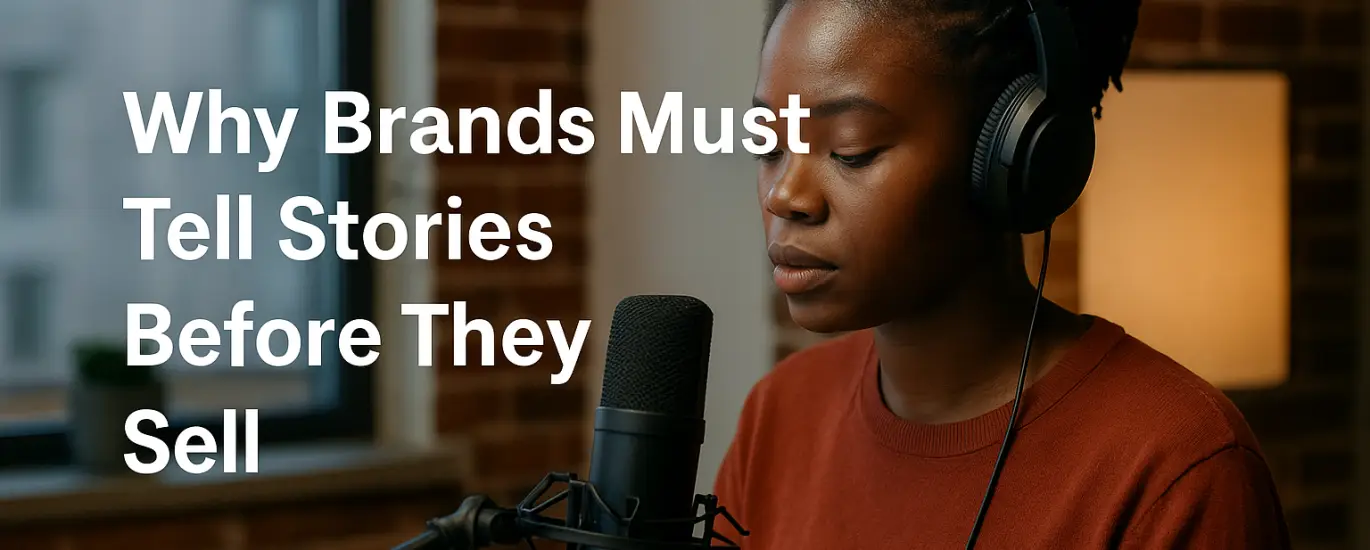Every time a brand leads with a story, not a product, something shifts. It’s no longer about “buy this,” it becomes “feel this.” And in Nigeria, where people often make choices based on what resonates emotionally or culturally, stories are the difference between being heard and being remembered.
Here’s what I’ve learned from working with brands and curators:
- Authenticity wins
It’s not enough to just reference culture or heritage — the story must feel lived, honest, imperfect. Nigerian consumers can sense the difference. When your brand story feels curated from your real experiences — struggles, successes, voice — people trust you more. - Emotion over features
Everyone knows what a product does; fewer people know why it exists. When a campaign highlights the why — “why we started,” “why this moment matters” — you tap into something deeper than utility: values, identity, belonging. - Localised relevance matters
Culture, idioms, traditions, patterns of life — weave those in. When you see your own life in a brand’s story, it transforms from “advertising” to “conversation.” For example, a campaign that includes relevant festivity, accent, communal memory will land better than one that tries to be generic or global-first. - Stories build over time
One campaign that tugs at emotions is good. One narrative arc over many touchpoints — social media, events, podcasts — builds loyalty. People begin to expect a voice, a rhythm. That’s where brands become part of someone’s story. - Measure human metrics
Don’t just chase impressions / sales. Chase comments where people say “this feels like me,” or “this story reminds me of…” — that signals connection. Multiply those moments, and you build a brand that’s not just visible but valuable in people’s hearts.



